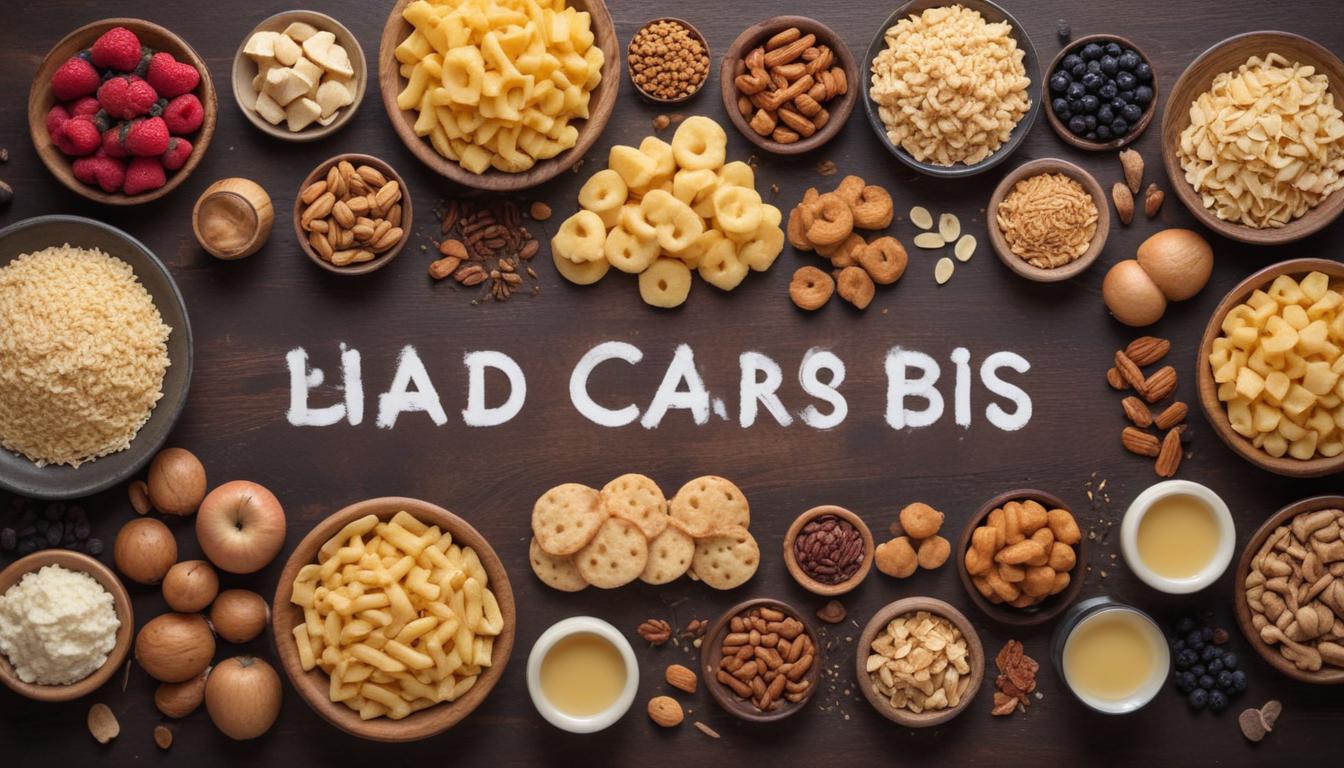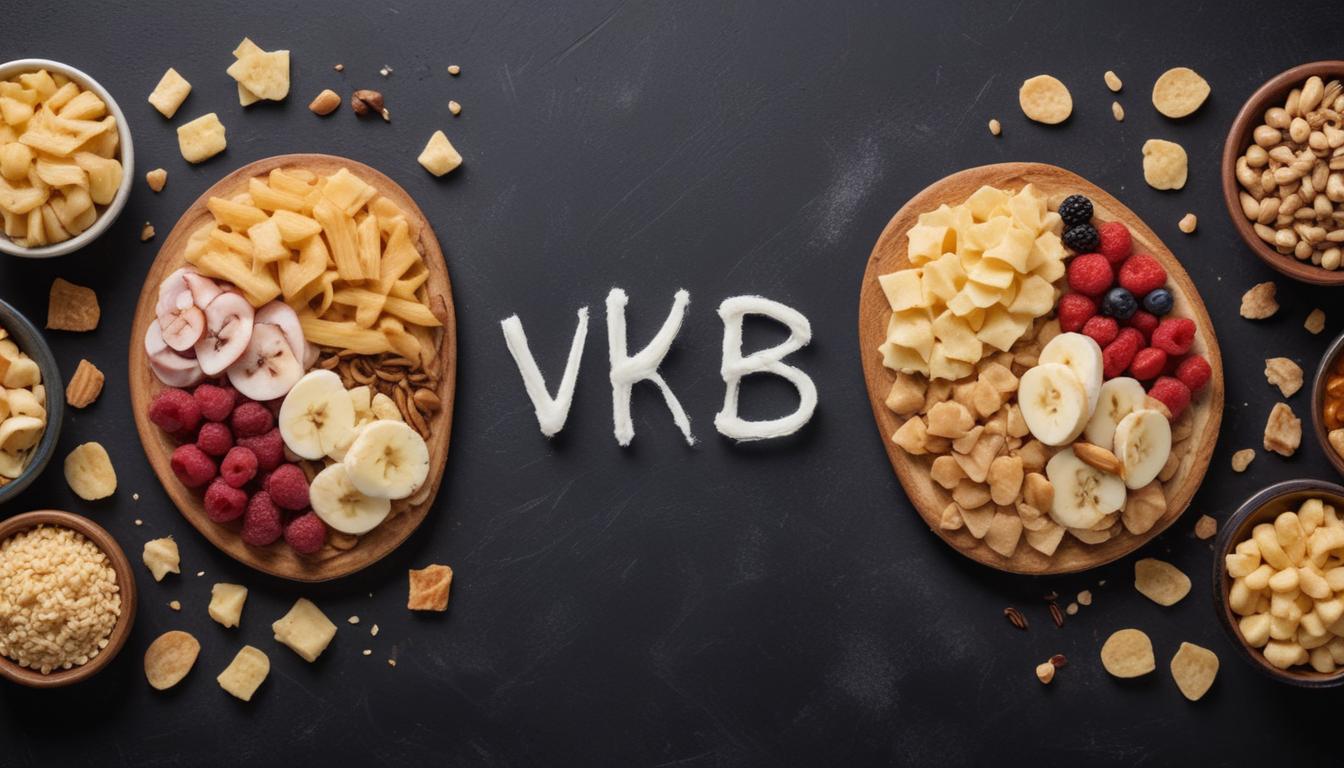Now Reading: Good Carbs vs Bad Carbs A Simple Guide
- 01
Good Carbs vs Bad Carbs A Simple Guide
Good Carbs vs Bad Carbs A Simple Guide

Understanding Carbohydrates Good vs Bad
Are you tired of the endless, confusing debate about carbohydrates? One day you hear that carbs are the enemy, a direct path to weight gain. The next, you are told they are an essential fuel source for your brain and body. This conflicting advice can leave you feeling frustrated and unsure of what to eat. It is easy to feel paralyzed, worried that every bite of bread or piece of fruit is a mistake. The good news is that it does not have to be this complicated. The solution is not to eliminate all carbs, but to understand the difference between them.
This guide will cut through the noise and provide a clear, simple framework for understanding carbohydrates. We will break down what makes a carbohydrate “good” or “bad” and empower you to make confident, healthy choices that align with your wellness goals. By the end of this article, you will be able to look at your plate and know you are fueling your body for sustained energy and optimal health, not working against it.
What Exactly Are Carbohydrates
Before we can label carbohydrates as good or bad, it is crucial to understand what they are and the fundamental role they play in our bodies. Carbohydrates, often called carbs, are one of the three main macronutrients, alongside protein and fat. Their primary function is to provide energy. When you consume carbohydrates, your digestive system breaks them down into glucose, which is a simple sugar. This glucose enters your bloodstream and is transported to your cells to be used as the main source of fuel for everything from a strenuous workout to simple brain function.
Think of carbohydrates as the premium gasoline for your body’s engine. Your brain, in particular, relies almost exclusively on glucose to function correctly, which is why you might feel foggy or have trouble concentrating on very low-carb diets. Without an adequate supply of carbohydrates, your body is forced to turn to other sources for energy, a process that is less efficient. Therefore, the question isn’t whether we need carbs, but rather which sources provide the best quality fuel.
The Great Divide Complex vs Simple Carbs
The real distinction between “good” and “bad” carbs lies in their molecular structure, which determines how they are digested and used by your body. This is where the terms “complex” and “simple” come into play. Understanding this difference is the key to mastering your diet and energy levels.

Complex Carbohydrates The Good Guys
Complex carbohydrates are the heroes of the carbohydrate world. They are found in whole, unprocessed foods like vegetables, whole grains (oats, quinoa, brown rice), beans, and legumes. Structurally, they are made up of long, complex chains of sugar molecules. Because of this intricate structure, your body takes a longer time to break them down. This slow and steady digestion process is incredibly beneficial for your health.
The gradual breakdown of complex carbs leads to a slow, sustained release of glucose into your bloodstream. This means you avoid the sudden spikes and crashes in blood sugar and energy levels. Instead, you get a steady supply of fuel that keeps you feeling full, focused, and energized for hours. Furthermore, these foods are typically rich in fiber, vitamins, and minerals. Fiber is a type of carbohydrate that the body cannot digest, and it plays a vital role in digestive health, controlling blood sugar, and lowering cholesterol.
Simple Carbohydrates The Ones to Watch
Simple carbohydrates, on the other hand, are composed of very short, simple chains of sugar molecules. This category includes foods like white bread, sugary cereals, candy, sodas, and other highly processed snacks. Because of their simple structure, your body digests them almost instantly. This rapid digestion floods your bloodstream with glucose, causing a dramatic spike in your blood sugar and insulin levels.
While this initial rush can provide a quick burst of energy, it is always followed by an equally dramatic crash. This “sugar crash” leaves you feeling tired, irritable, and craving even more sugary foods, creating a vicious cycle. Over time, a diet high in refined simple carbohydrates can contribute to weight gain, insulin resistance, and an increased risk of chronic diseases. It is important to note that not all simple carbs are bad; fruits and milk contain simple sugars but also come packaged with vitamins, minerals, and, in the case of fruit, fiber, which helps slow down sugar absorption. The primary concern is the refined and added sugars found in processed foods.
Putting It All Together Practical Tips for Your Plate
Now that you understand the science, let’s translate it into practical, everyday choices. The goal is not about perfection or completely banning certain foods, but about tilting the balance in favor of nutrient-dense, complex carbohydrates. Start by focusing on inclusion rather than restriction. Instead of thinking “I can’t have pasta,” think “How can I make this pasta dish healthier?” A simple swap from white pasta to whole-wheat pasta, with plenty of vegetables and a lean protein source, transforms the meal.
Make it a habit to build your meals around complex carbohydrates. Choose brown rice over white rice, whole-wheat bread over white bread, and oats over sugary breakfast cereals. Aim to fill half of your plate with non-starchy vegetables at lunch and dinner; they are packed with fiber and nutrients while being low in calories. When you need a snack, reach for a piece of fruit, a handful of nuts, or some yogurt instead of a cookie or bag of chips. By consistently making these smarter swaps, you will nourish your body, stabilize your energy levels, and support your long-term health without feeling deprived.

































